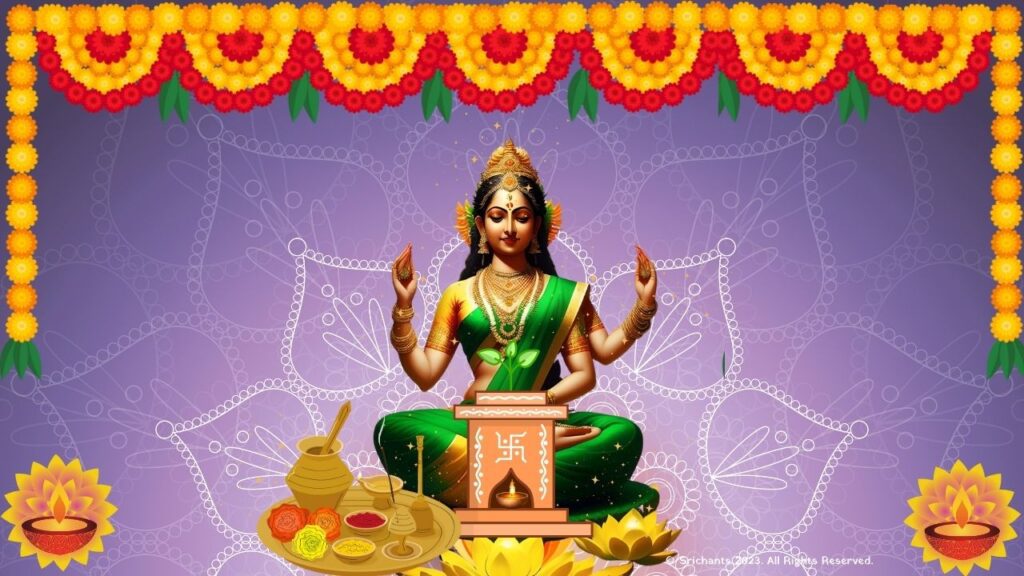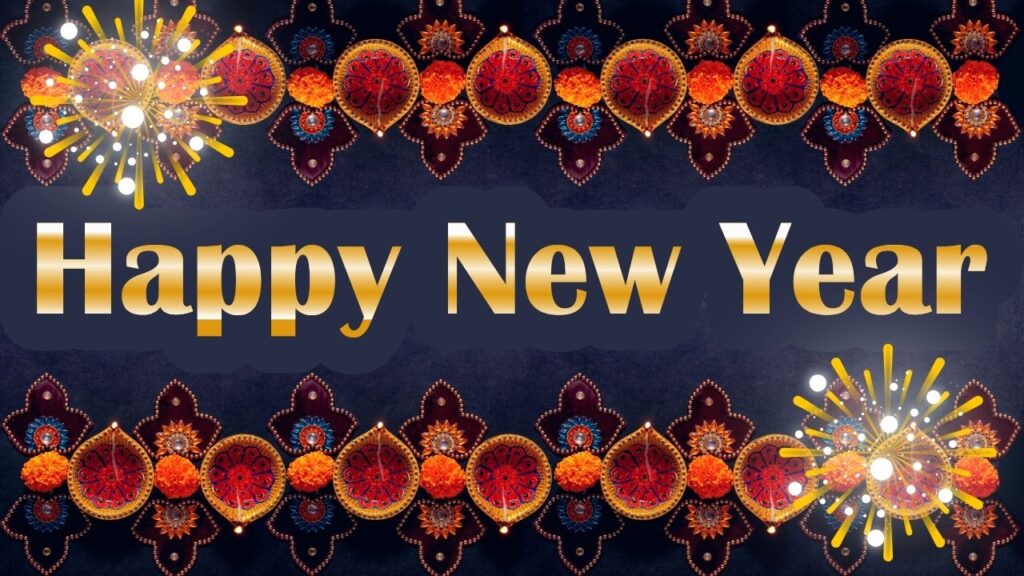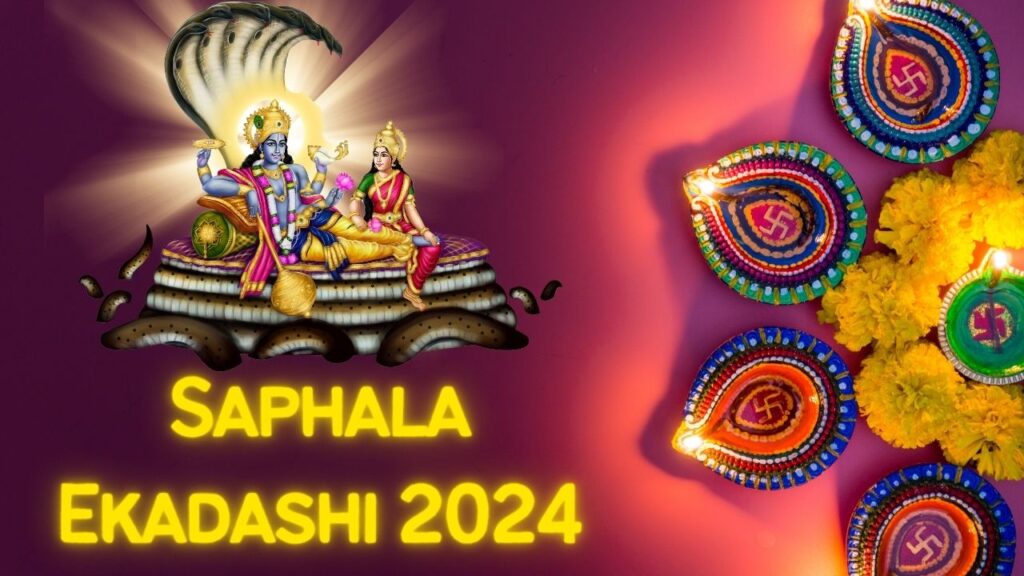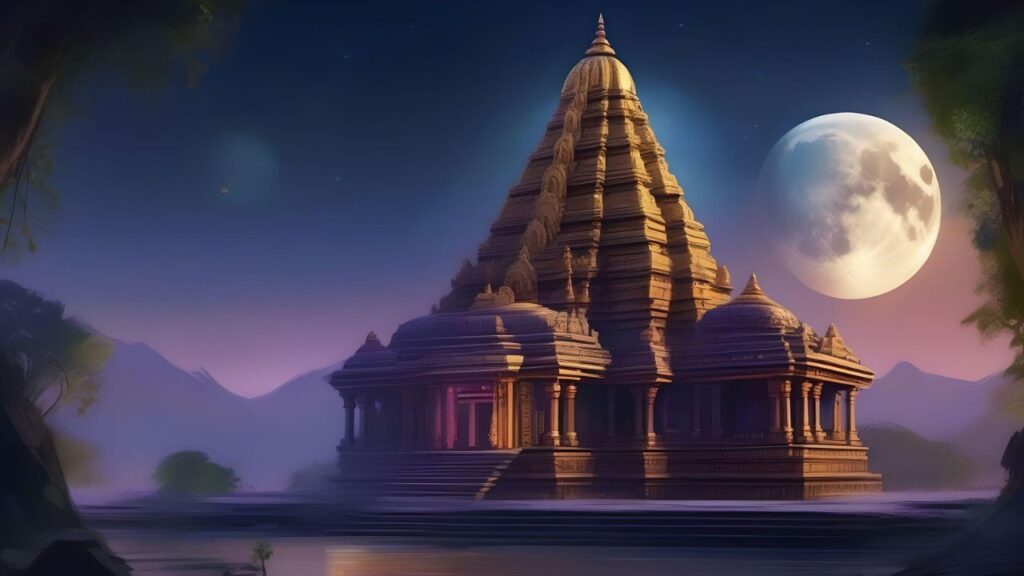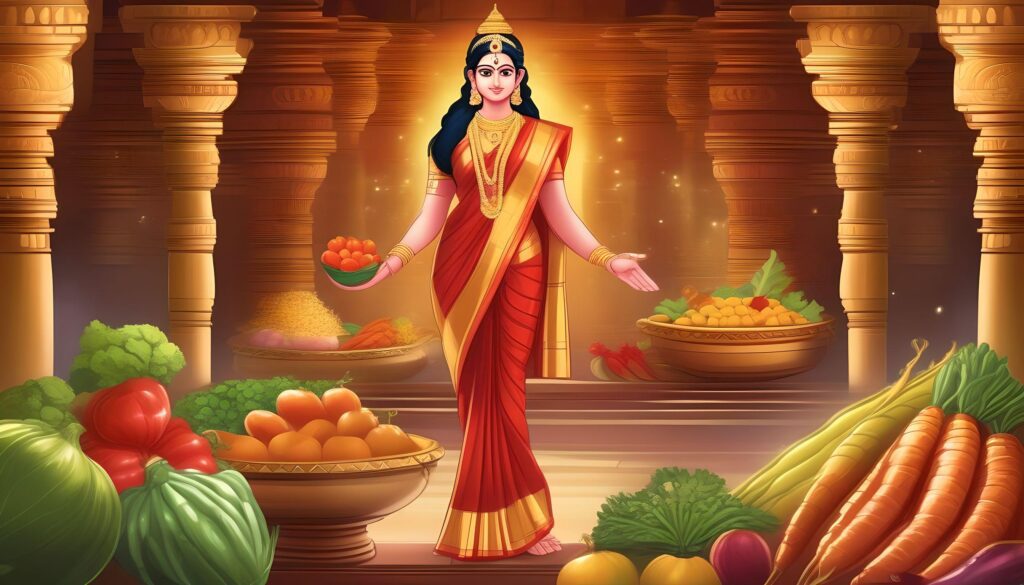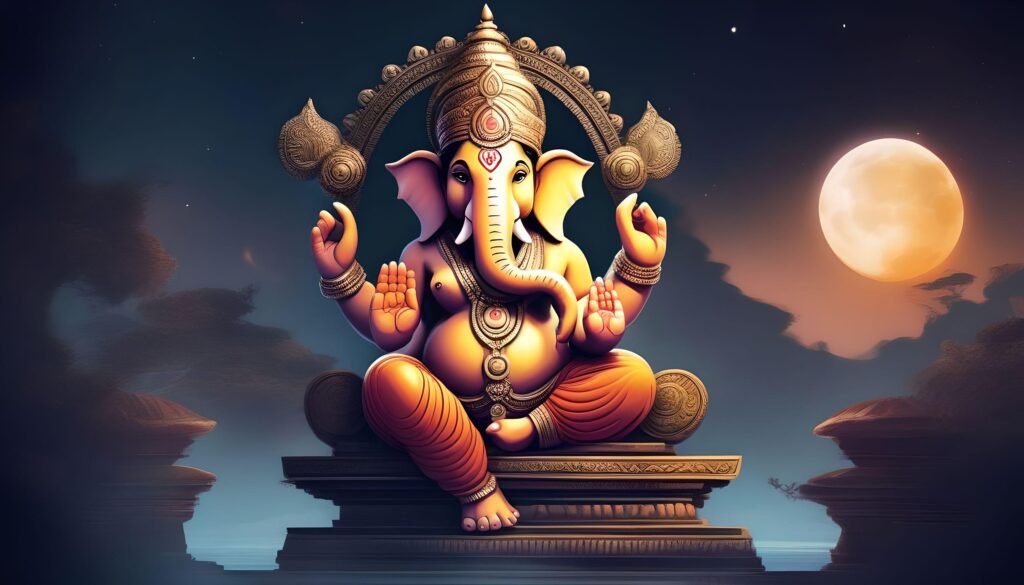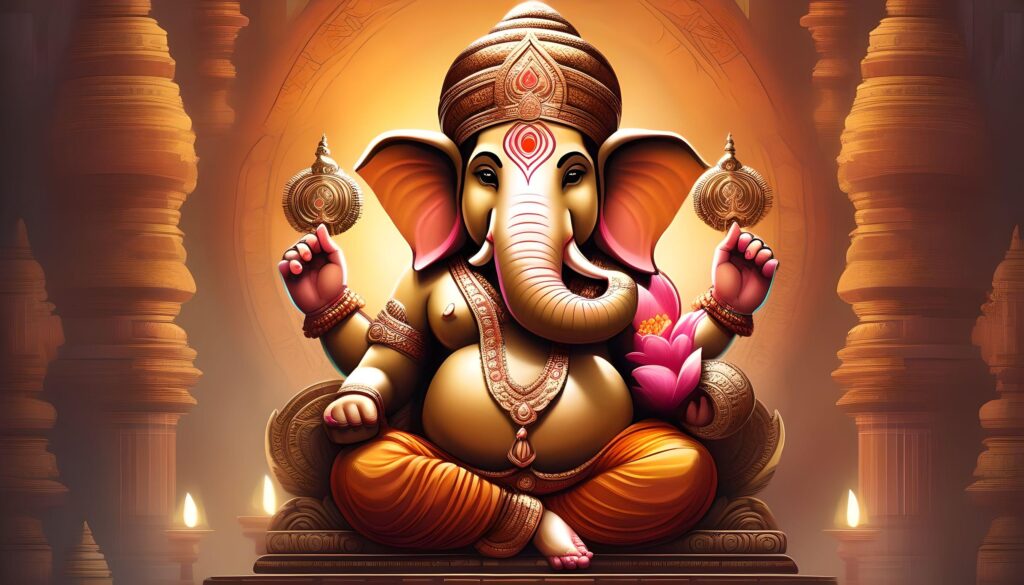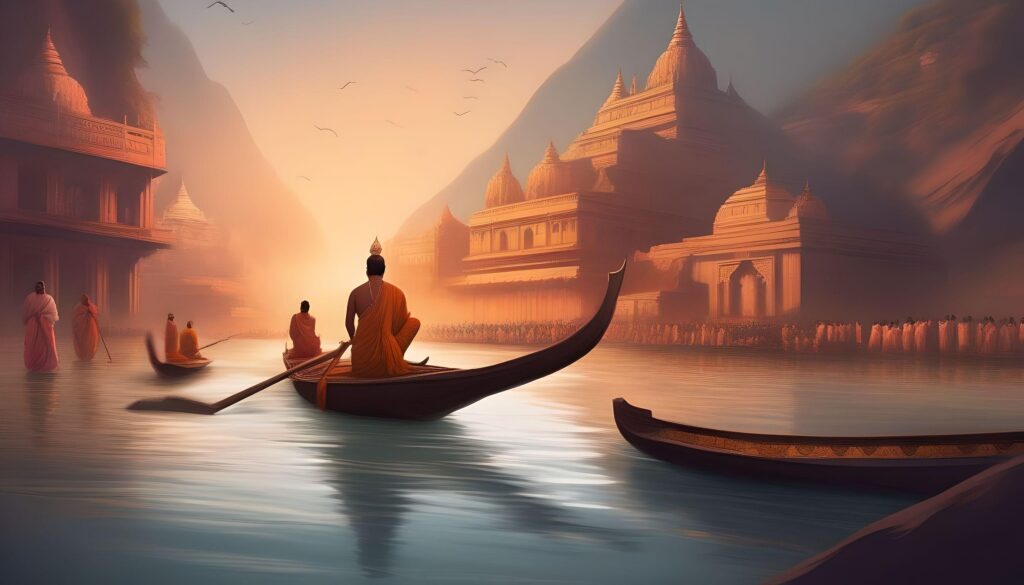Holi
Introduction
Often known as the “Festival of Colors,” Holi is among India’s most vivid and exuberant celebrations. This is celebration, togetherness, and cultural harmony time. Holi signifies the entrance of spring and stands for the triumph of good against evil. One of the most expected holidays in the nation, this one crosses boundaries and unites people.
From little toddlers to elderly ones, everyone is rather excited about Holi. There are hues, laughter, music, and the scent of mouthwatering sweets filling the air. Individuals overlook their differences and come together to honor happiness, friendship, and love. Holi, however, has great cultural, historical, and mythological importance—it is not only a pleasure day.
The history, importance, customs, and contemporary approaches of celebrating Holi will be discussed in this paper. We will also offer some pointers on how to enjoy a safe and environmentally friendly Holi. Let us explore the universe of hues and find the enchantment of this amazing celebration.
The History and Significance of Holi
Hindu mythology and old customs define Holi. There are several myths connected to this celebration, and every one of them enhances the relevance of it.
The Legend of Holika and Prahlad
The legend of Holika and Prahlad is among the most well-known one connected with Holi. Hindu legend holds that ruler Hiranyakashipu was a strong demon ruler yearning for worship as a deity. Prahlad, his own son, was a fervent disciple of Lord Vishnu, though. Furious at this, Hiranyakashipu sought several means of punishing Prahlad.
The sister of the king, Holika possessed a blessing granting her immunity to fire. Thinking the flames would consume Prahlad while she stayed unhurt, she fooled him into seated with her in a raging fire. But Holika was burned to ashes via divine intervention, and Prahlad emerged uninjured. Holika Dahan, the bonfire custom observed on the eve of Holi, re-enacts the burning of Holika, therefore symbolizing the triumph of good over evil.
The Love of Radha and Krishna
Holi also connects with the holy love tale of Radha and Krishna. Legends say that young Krishna worried about his dark complexion and questioned whether Radha with fair complexion would accept him. Yashoda, his mother, jokingly advised he paint Radha’s face colors. This lighthearted deed evolved into a custom, and people celebrate Holi in colors as a sign of love and festivity even now.
The Arrival of Spring
Another celebration signifying the entrance of spring and the end of winter is Holi. People celebrated Holi in antiquity to greet the fresh crop season and show thanks for the abundance of the earth. Many rural towns still celebrate the holiday as a time of plenty and wealth since it is intimately related with agriculture.
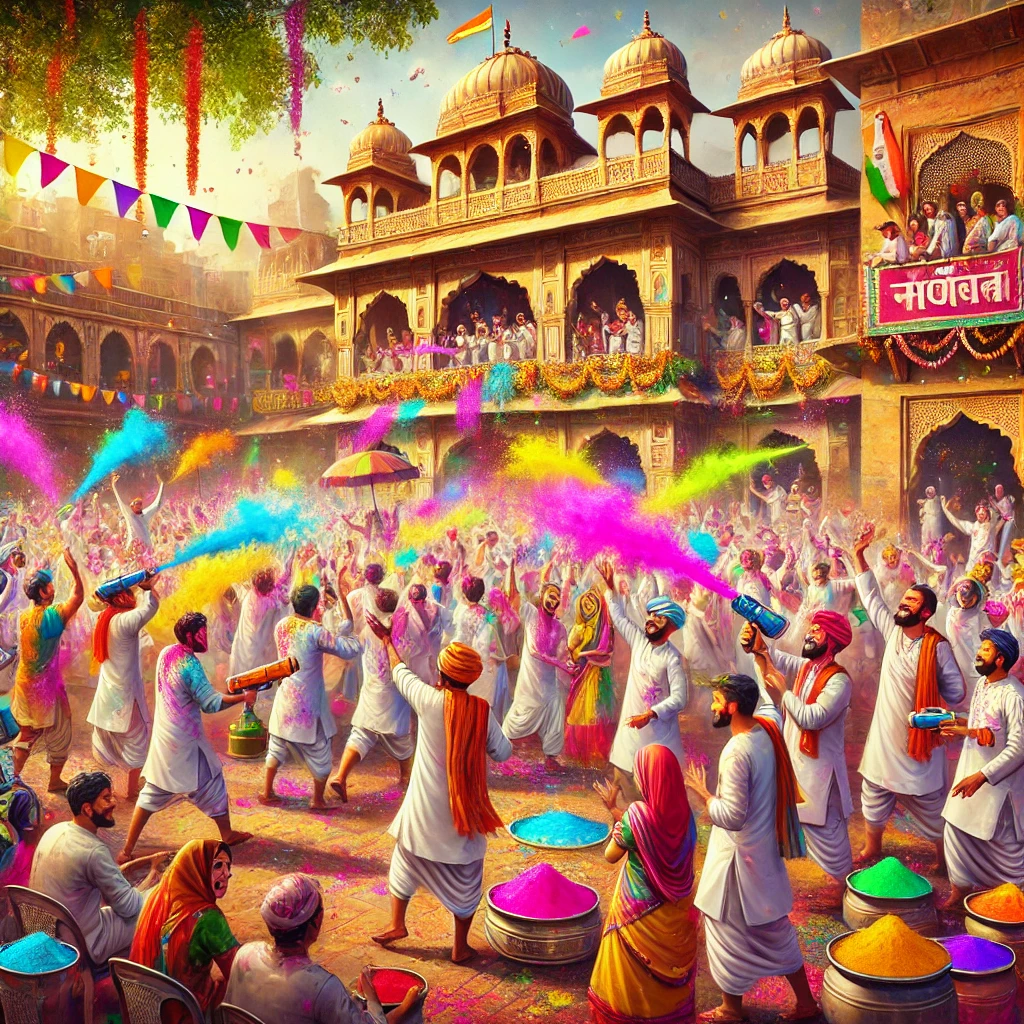
How is Holi Celebrated?
Two days of Holi are exciting, ceremonial events full with customs and rites.
Day 1: Holika Dahan (The Bonfire Night)
People assemble in public areas and burn massive bonfires on the eve of Holi in order to conduct the Holika Dahan custom. This custom marks the triumph of good against the flames of evil. Families and communities gather to symbolically offer grains, coconut, and sweets into the fire as well as prayers and music.
Day 2: Rangwali Holi (Festival of Colors)
The second day starts the actual enjoyment. People swarm the streets hurling gulal—colored powder—along with spraying water and rubbing colors on one another. This is a day of unbounded delight, laughter, and togetherness.
- Friends and relatives paint one other as a sign of love and camaraderie.
- The celebration is made even more thrilling by water balloons and pichkaris, or water cannons.
- The air is charged with music, dance, and Dhol rhythms.
- People pay each other visits to greets and trade goodies from houses.

Traditional Holi Delicacies
No Indian festival is complete without delicious food, and Holi is no exception. Some of the must-have delicacies include:
- Gujiya – A crispy, deep-fried dumpling stuffed with khoya, nuts, and sugar.
- Thandai – A refreshing drink made with milk, almonds, saffron, and spices.
- Dahi Bhalla – Soft lentil dumplings soaked in yogurt, topped with tangy chutneys.
- Puran Poli – A sweet flatbread filled with jaggery and lentils.
- Malpua – A sweet, syrupy pancake loved by all.
These special treats add extra sweetness to the celebrations, making Holi a feast for both the eyes and the taste buds.
Unique Holi Celebrations Across India
Holi is celebrated in unique ways in different parts of India:
- Lathmar Holi (Barsana and Nandgaon, Uttar Pradesh) – Women playfully hit men with sticks in a fun-filled tradition.
- Phoolon Ki Holi (Vrindavan, Uttar Pradesh) – Instead of colors, flowers are thrown in the air to celebrate Holi.
- Holi in Mathura – The birthplace of Lord Krishna hosts grand Holi celebrations.
- Dol Jatra (West Bengal) – Devotees celebrate Holi with processions carrying idols of Radha and Krishna.
- Holla Mohalla (Punjab) – The Sikh community showcases martial arts and vibrant festivities.
Eco-Friendly and Safe Holi Tips
As much as Holi is about fun, it’s also essential to be mindful of the environment and our safety. Here are some tips for celebrating a responsible Holi:
- Use organic and natural colors made from flowers and herbs.
- Avoid wasting water and opt for a dry Holi if possible.
- Apply coconut oil or moisturizer on your skin before playing Holi to prevent skin irritation.
- Protect your eyes by wearing sunglasses.
- Ensure animals are not harmed by colors or noise.
The Global Influence of Holi
Holi is not only observed in India; it is becoming rather well-known all over. Celebrated with tremendous fervor are nations including the USA, UK, Canada, Australia, and Mauritius Holi Events like color runs, music festivals, and Holi-style celebrations unite people and help to transmit the love and unity message across civilizations.

Conclusion
Holi signifies unity, love, and celebration of life. It helps us to forgive, let go, and welcome happy living. Holi’s colors represent variety, and its customs inspire us of the value of good above evil. Holi is a celebration of fun and optimism regardless of your celebration—friends, family, or your town.
Let’s honor customs, practice responsible celebration, and create lifelong memories as we get ready for yet another magnificent Holi. Let the Holi colors love and happiness occupy our hearts. Joyful Holi to you and your dear ones!

